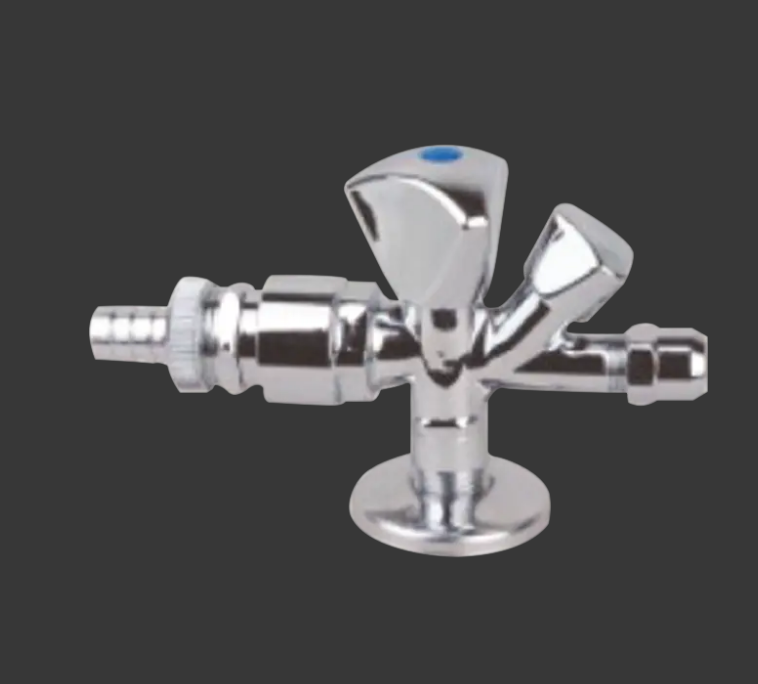Demystifying Tap Valve Components

Tap valves play a crucial role in controlling the flow of water in faucets and taps. Understanding the different parts of a tap valve can help you identify problems, perform maintenance, and even make minor repairs yourself. Here's a breakdown of the key components:
Valve Body: This is the main housing that contains the internal components of the tap valve. It connects to the water supply lines and provides a stable base for the other parts.
Cartridge: The cartridge is responsible for regulating the water flow and temperature. It usually contains rubber seals and ceramic discs that can wear out over time and may need to be replaced.
O-Rings and Washers: These small rubber or silicone rings are used to create a watertight seal between the different parts of the tap valve. Over time, O-rings and washers can degrade or become damaged, leading to leaks.
Handle and Stem: The handle is what you turn to open or close the tap, while the stem connects the handle to the cartridge. The stem may also have packing or seals to prevent leaks.
Aerator: Located at the tip of the faucet, the aerator mixes air with the water stream to reduce splashing and conserve water. It can be unscrewed for cleaning or replacement.
Regular maintenance of tap valve parts can extend the lifespan of your faucet and prevent costly water damage. If you notice any leaks, dripping, or difficulty turning the handle, it may be time to inspect and possibly replace some of these components. With the right knowledge and tools, many tap valve repairs can be done quickly and easily at home.
- Whats New
- Shopping
- Wellness
- Sports
- Theater
- Religion
- Party
- Networking
- Music
- Literature
- Art
- Health
- الألعاب
- Food
- Drinks
- Fitness
- Gardening
- Dance
- Causes
- Film
- Crafts
- Other/General
- Cricket
- Grooming
- Technology

